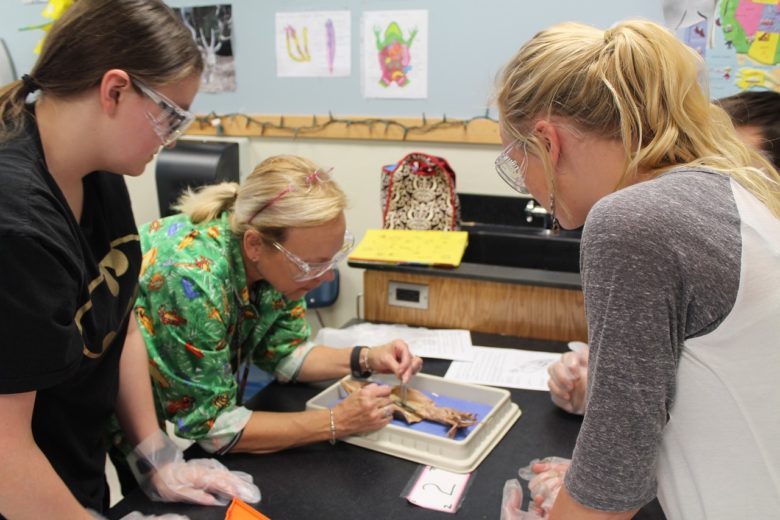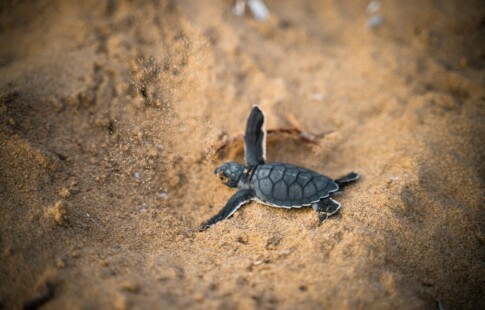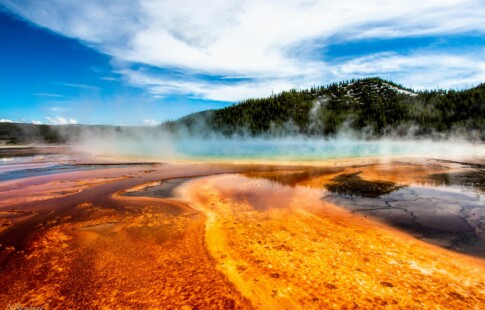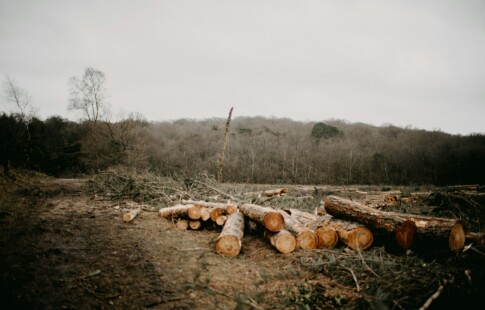
Technology Connects People to Conservation and Environmental Efforts
We are reader-supported. When you buy through links on our site, we may earn affiliate commission.
Technology and the environment don’t have to be at odds. In fact, technology connects people to conservation and environmental efforts in various ways, even enabling them to participate in them.
Here are four ways in which modern technologies connect people to conservations efforts.
1. A Better View of Wildlife
Modern technology enables researchers and others to capture high-quality video and imagery of nature. “Camera traps” allow scientists to keep tabs on wildlife without interfering with it. They also empower everyday people to get views of the natural world they otherwise couldn’t and learn more about it.
Modern cameras have long-lasting batteries that can keep the cameras operating 24/7, and many can beam imagery to scientists via satellite to enable reliable transmission.
One of the most popular uses of these technologies for everyday people is the of live feeds, especially of birds nests. These cameras can run 24/7 for years on end, helping people to learn about the birds and also helps them feel connected to nature.
Newer technologies, such as drones, enable us to get imagery of our various hard-to-access parts of our world. Drones can fly over places most people might not be able to venture to take pictures and video. They can also collect comprehensive imagery of a landscape, as well as other data, to help scientists get a clearer overall picture of an ecosystem.
2. Citizen Science
Data plays a vital role in helping scientists understand our world. More data can mean accurate information, as long as researchers can process all that data.
Thanks to internet technologies, everyday people can now easily contribute to scientific research. Various projects are underway where people can take pictures of wildlife or plant specimens they encounter and send them to databases for researchers to assess. This citizen science approach is currently used on a broad scale to study plants, birds and butterflies.
Citizen scientists can also help to look through the vast amounts of data researchers have, including some collected in citizen science projects. Ordinary people can identify animals when they appear in camera trap photos and transcribe notes from old field journals to make them more easily accessible to scientists and the public.
Help from citizen scientists, through the use of technology, can quicken the pace of scientific progress. This, in turn, can help us to come up with solutions to environmental problems more quickly.
3. Volunteer Opportunities
Several websites and mobile apps can help you find volunteer opportunities related to the environment, conservation and many other categories. On apps and sites like GiveGab and Volunteer Match, you can create profiles based on your interests to find opportunities and search to see what’s available. Volunteer Match can connect you to 120,900 different nonprofit organizations.
Conservation organizations can also use their websites, social media profiles and other web-based resources to help them find volunteers when they need them. These tools also help them to spread their messages and make information about environmental issues more readily accessible to the public.
4. Climate Impact
Web-based tools can help people get informed about climate change and learn about the impacts of their lifestyles. There are various environmental footprint calculators from organizations such as the World Wildlife Fund, the U.S. Environmental Protection Agency and the global footprint calculator, which tells you how many planets the human population would need if everyone lived the lifestyle you do. Many of these calculators also offer you tips on how to lower your impact.
Apps like JouleBug can also help you track your environmental impact in your day-to-day life. JouleBug allows you to track things like transportation, electricity and water use, all while giving you suggestions to help you reduce your impact. An app called OffCents automatically tracks your travel and allows you to offset it by contributing to projects that reduce carbon emissions.
Technology Connects People to Conservation and Environmental Efforts
Connecting people to conservation and environmental initiatives is just one way in which technology can be helpful for the environment. Clean energy gives us ways to produce electricity without creating greenhouse gas emissions, while drones can use cameras to watch for poachers.
It’s true that technology causes many environmental problems, but it can also contribute to the solution by connecting people to conservation efforts, helping them to learn about environmental issues and making it easier for them to take action to help the planet.
Share on
Like what you read? Join other Environment.co readers!
Get the latest updates on our planet by subscribing to the Environment.co newsletter!
About the author

Jane Marsh
Starting from an early age, Jane Marsh loved all animals and became a budding environmentalist. Now, Jane works as the Editor-in-Chief of Environment.co where she covers topics related to climate policy, renewable energy, the food industry, and more.





